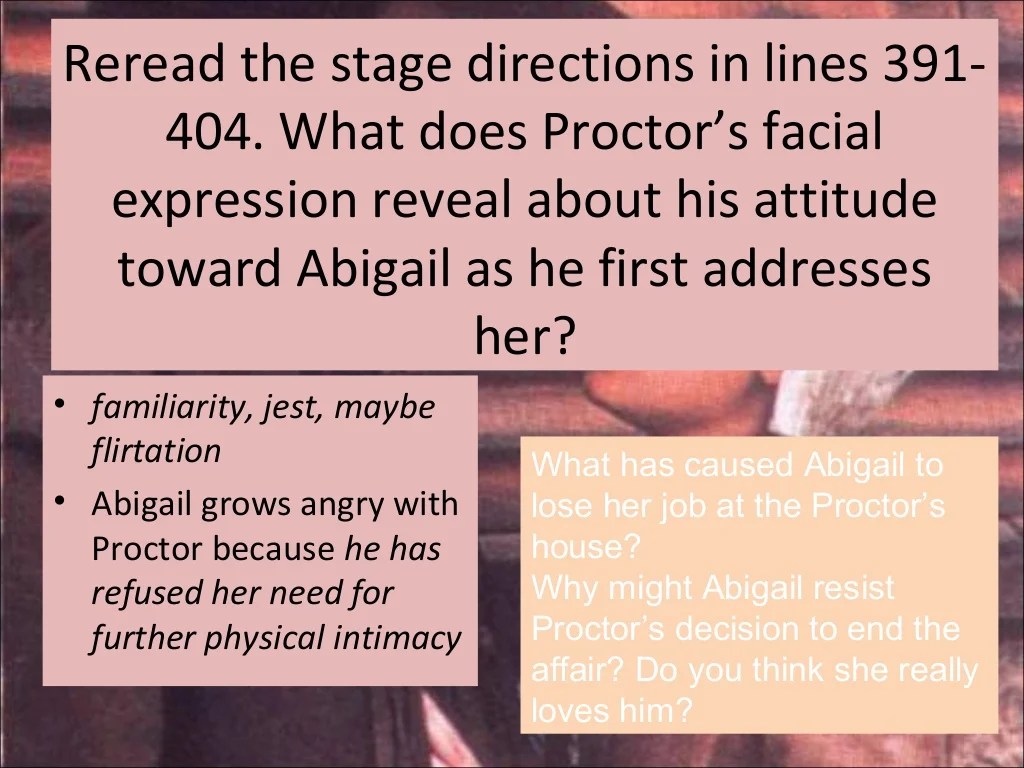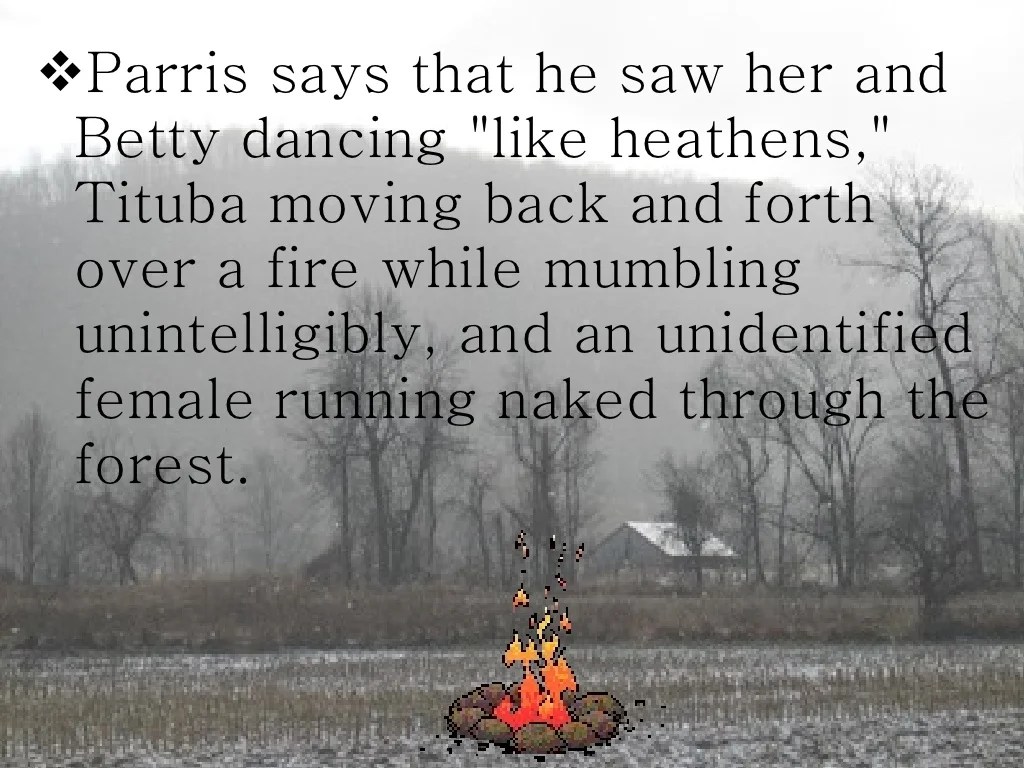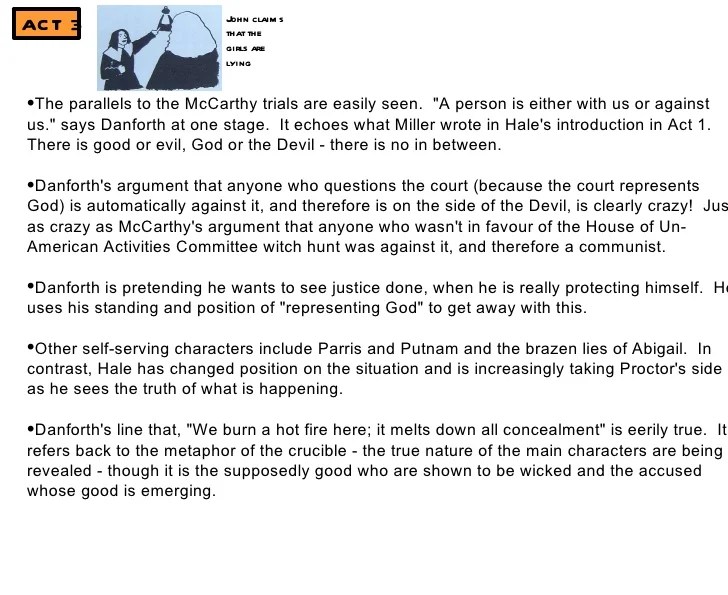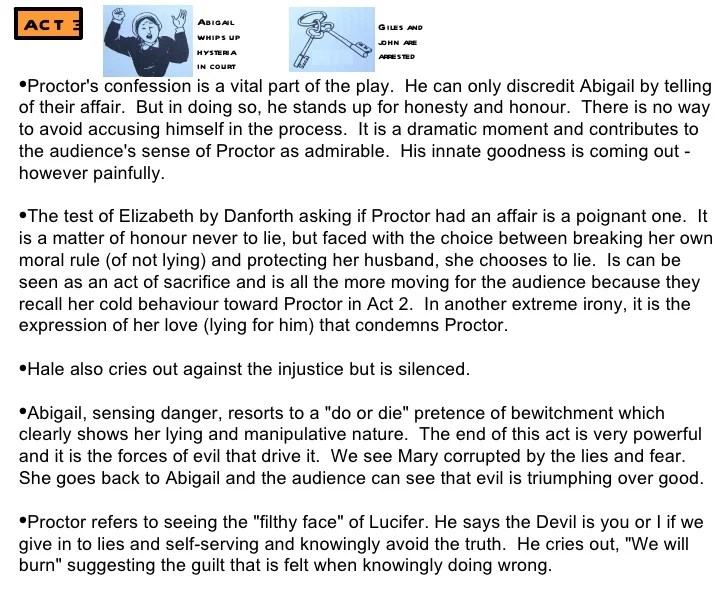The crucible act 1 #puritanproblems – The Crucible Act 1: #PuritanProblems delves into the intricate tapestry of Puritan beliefs, societal conflicts, and the accusations of witchcraft that ignite a crucible of suspicion and fear in Salem Village. This act sets the stage for a gripping exploration of the dangers of intolerance and extremism, challenging the fundamental values of Puritan society and testing the limits of individual conscience.
Puritan Beliefs and Practices

Puritanism emerged as a Protestant movement in England during the 16th and 17th centuries, characterized by its strict adherence to Calvinist theology and its emphasis on personal piety and moral purity.
Fundamental Beliefs
- Sovereignty of God:Puritans believed in the absolute sovereignty of God over all aspects of life, including human affairs.
- Predestination:They held that God had predestined the salvation or damnation of individuals before their birth.
- Justification by Faith:Puritans emphasized the importance of faith in Christ alone for salvation, rejecting the Catholic doctrine of salvation through good works.
- Covenant Theology:They believed in a covenant between God and his chosen people, requiring strict adherence to religious and moral laws.
Religious Authority and the Church
Puritans believed in the authority of the Bible as the sole source of religious truth. They rejected the authority of the Pope and the Catholic Church, establishing their own congregational churches governed by elected elders.
Puritan Customs and Traditions
Puritans were known for their strict adherence to religious and moral codes. They observed the Sabbath strictly, avoiding all forms of recreation and work. They emphasized the importance of education, establishing schools and colleges to promote literacy and piety. They also placed great value on plain living and simple dress, eschewing ostentation and luxury.
Salem Village and its Conflicts
Salem Village, a small Puritan community in Massachusetts Bay Colony, was established in 1672. The village was characterized by its strict adherence to Puritan beliefs and practices, which emphasized piety, hard work, and communal living.
However, beneath the surface of this seemingly harmonious community, tensions and conflicts simmered. Land disputes, economic inequalities, and personal grudges created divisions within the village. The allocation of land, a scarce resource in the colony, often led to disputes among villagers.
Economic disparities also played a role in shaping the village’s social dynamics, with wealthier families holding more power and influence than poorer ones.
Factions and Rivalries
The conflicts within Salem Village were further exacerbated by the presence of factions and rivalries. Two prominent factions emerged: the Putnam family and the Porter family. The Putnams were a wealthy and influential family, while the Porters were a more modest and less powerful clan.
Rivalry between these two families extended beyond personal animosities and manifested itself in disputes over land, political power, and religious matters.
Personal grudges also played a significant role in the conflicts within the village. Accusations of witchcraft, a serious crime in Puritan society, were often used as a means of settling personal scores or gaining revenge. These accusations could have devastating consequences, as those found guilty of witchcraft faced severe punishments, including execution.
The Accusations Begin

The accusations of witchcraft in Salem Village began in the spring of 1692. The events leading up to these accusations were complex and involved a combination of factors, including religious beliefs, social tensions, and personal grudges.
Role of Abigail Williams and the Other Young Women
Abigail Williams, the niece of the village minister, Reverend Samuel Parris, played a central role in initiating the accusations. Along with several other young women, including Ann Putnam Jr., Mercy Lewis, and Mary Walcott, Abigail claimed to have been afflicted by witchcraft.
These young women exhibited strange behaviors, such as fits, convulsions, and speaking in tongues, which they attributed to the influence of witches.
Motivations and Beliefs
The motivations for the accusations were varied. Some of the young women may have been genuinely convinced that they were victims of witchcraft. Others may have been influenced by religious beliefs that emphasized the dangers of the devil and the presence of evil in the world.
Still others may have been motivated by personal grudges or a desire for attention.
It is important to note that the accusations of witchcraft were not isolated incidents. They were part of a broader pattern of witch hunts that occurred in Europe and North America during the 16th and 17th centuries. These witch hunts were fueled by a widespread belief in the power of witches and the need to protect society from their evil influence.
The Trials and Hysteria: The Crucible Act 1 #puritanproblems

The witch trials in Salem Village were a series of hearings and prosecutions of people accused of witchcraft that took place between February 1692 and May 1693. The trials resulted in the execution of 20 people, and several others died in prison.
The process of the witch trials was as follows:
- An accusation of witchcraft was made against someone.
- The accused person was arrested and taken to jail.
- The accused person was examined by a magistrate, who determined if there was enough evidence to proceed with a trial.
- If there was enough evidence, the accused person was tried by a jury.
- If the jury found the accused person guilty, the person was sentenced to death.
One of the most important pieces of evidence in the witch trials was spectral evidence. Spectral evidence was the testimony of someone who claimed to have seen the accused person’s spirit or ghost committing acts of witchcraft. This type of evidence was often used to convict people of witchcraft, even if there was no other evidence against them.
Another important factor in the witch trials was the role of the “afflicted” girls. These were young women who claimed to have been bewitched by the accused persons. The afflicted girls often exhibited strange behavior, such as screaming, contorting their bodies, and speaking in tongues.
Their behavior was seen as proof that they were possessed by the devil, and it often led to the conviction of the accused persons.
The witch trials in Salem Village were a time of great hysteria and fear. The community was divided, and people were afraid to speak out against the accusations of witchcraft. The trials eventually ended when the governor of Massachusetts, William Phipps, ordered a stop to the proceedings.
The Crucible of Suspicion

Arthur Miller’s play, “The Crucible,” derives its title from the metaphorical “crucible,” a vessel used for smelting metals. In the context of the play, the crucible represents the intense atmosphere of suspicion and fear that engulfs Salem during the witch trials.
Accusations and Trials: The Crucible’s Fire
The accusations and trials ignite a wildfire of suspicion within the community. Fear and paranoia spread like wildfire, leading to the imprisonment and execution of innocent individuals. The accusations, often based on hearsay and superstition, create a climate of mistrust and division.
Impact on Individuals
The trials have a devastating impact on the characters. Individuals like John Proctor, who initially dismisses the accusations, are drawn into the maelstrom of suspicion. The fear of being accused or implicated forces characters to question their beliefs and relationships.
Community’s Demise
The trials not only shatter individual lives but also destroy the fabric of the community. Trust is eroded, and the bonds that once held Salem together are broken. The community descends into a state of hysteria and chaos, with neighbors turning against neighbors.
Puritan Values on Trial

The Salem witch trials were a pivotal moment in American history, challenging the fundamental values of Puritan society and exposing the dangers of intolerance and extremism. This crucible of suspicion tested the limits of religious authority, individual conscience, and the very fabric of a community.
Conflict Between Religious Authority and Individual Conscience, The crucible act 1 #puritanproblems
Puritan society placed a high value on religious authority, with ministers serving as both spiritual leaders and moral arbiters. However, the trials brought this authority into question as accusations flew unchecked and innocent individuals were condemned based on spectral evidence and hearsay.
The play highlights the dangers of unchecked power and the need for individuals to exercise their own judgment, even in the face of societal pressure.
Dangers of Intolerance and Extremism
The witch trials also revealed the corrosive effects of intolerance and extremism. As fear and suspicion gripped the community, rational thought and compassion were replaced by paranoia and mob mentality. The play shows how the pursuit of religious purity can lead to a slippery slope of accusations, persecution, and ultimately the destruction of innocent lives.
Question Bank
What is the significance of the title “The Crucible”?
The title “The Crucible” alludes to the metaphorical crucible, a vessel used to purify metals by exposing them to intense heat. The play depicts the Salem witch trials as a crucible that tests the characters’ beliefs, morals, and relationships, revealing their true nature under extreme pressure.
What are the main conflicts within Salem Village?
Salem Village is plagued by various conflicts, including land disputes, economic inequalities, personal grudges, and tensions between different factions. These conflicts create a breeding ground for suspicion and resentment, fueling the accusations of witchcraft.
How does Abigail Williams contribute to the accusations?
Abigail Williams, a young woman scorned by John Proctor, plays a pivotal role in initiating the accusations. Driven by jealousy and a desire for revenge, she manipulates the other young women in the village to accuse innocent people of witchcraft, leading to a spiral of fear and hysteria.